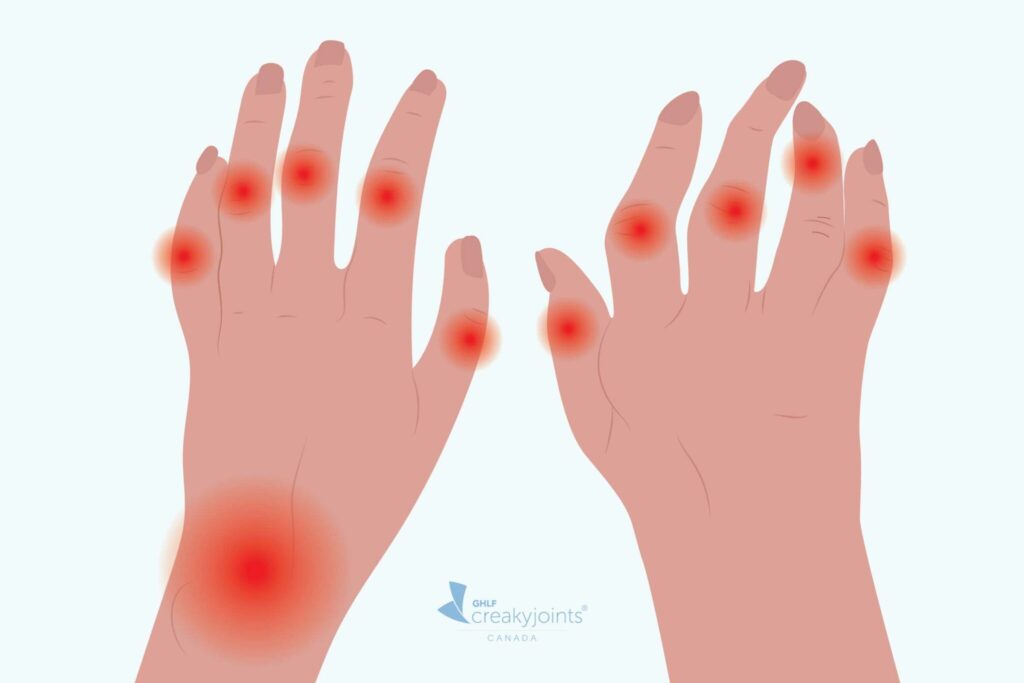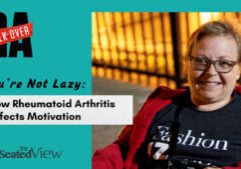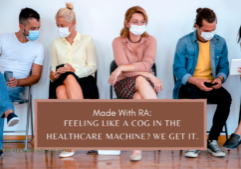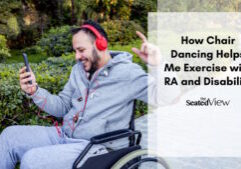Do You Have ‘Visible’ or ‘Invisible’ Rheumatoid Arthritis? A Look at the Pros and Cons

Whether or not your chronic illness is obvious to others can affect how you’re treated — and sometimes, how you feel about yourself. I write about the benefits and drawbacks of visible and invisible RA for CreakyJoints Caanda:
“One glance at my hands will tell you I have rheumatoid arthritis (RA). They show the classic RA joint changes, signs of an inflammation so strong that it can twist and pull a joint into another shape. As more treatments for RA have been introduced over the past 20 or so years, those of us with outward signs of this inflammatory and autoimmune form of arthritis are gradually becoming an endangered species. Someone who is diagnosed with RA today and starts medication promptly may never experience the visible joint damage that I and many others from my generation have.
As someone who grew up in an age when deformities and disability were guaranteed outcomes of RA, I see this is a welcome extinction.
On the other hand, having a chronic illness with no outward signs of being sick isn’t always easy, either. Both visible and invisible RA each come with stigma, struggles, and — believe it or not — benefits. Here’s a look at the pros and cons of “visible” and “invisible” RA in four different common situations.
The Parking Lot
Although I now exclusively use a power wheelchair, I have a lot of wonderful memories that involve my old manual wheelchair. It was easy to flip it into the back of a car to go for adventures with my sister or a friend, experiences that were made easier by bringing along my accessible parking permit. Granted, there aren’t a lot accessible parking spaces (in Ontario there is a minimum of only four in a lot of 350 or fewer spaces) and other drivers don’t seem to understand that they should leave a decent amount of space between the cars, but most of the time, we managed. Not once were we accosted as we pulled into an accessible parking space and got out of the car.
But this is a common experience for many of my friends in the RA community who meet the legal criteria for an accessible parking permit, but who don’t use a wheelchair. Random members of the public will appoint themselves enforcers of traffic laws, going so far as to argue and harass someone, even if the permit is waived in their face.
Both groups frequently face situations that are complicated and annoying. Me when accessibility is minimal or nonexistent; my friends who have less visible RA when confronted with an insistence that they prove their need for accessibility.”
Read my article about the pros and cons of invisible and visible chronic illness on CreakyJoints Canada.
Read More
Discover what else I've been writing about...















